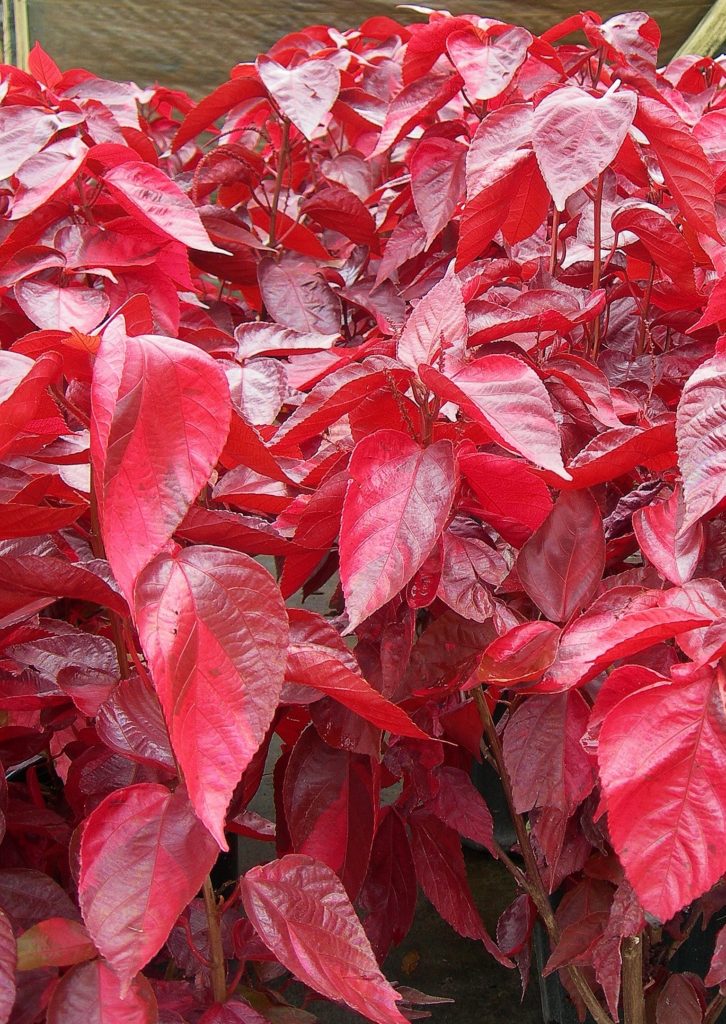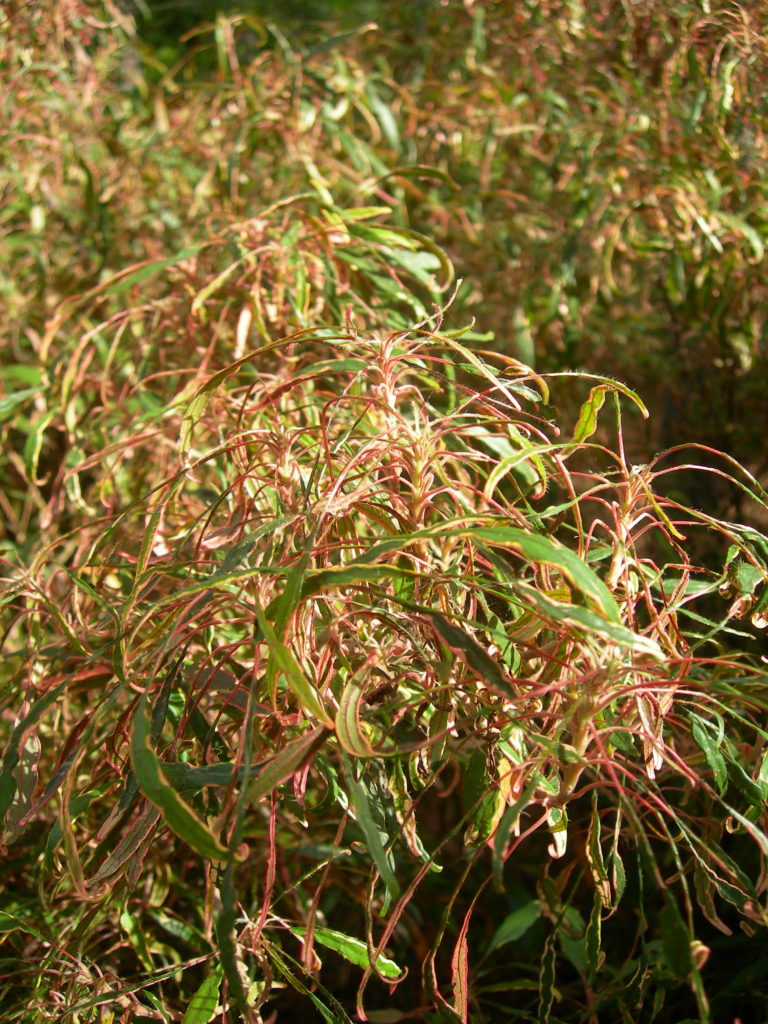Watching the landscapers prune a Copperleaf hedge made me want to head over and conduct a class about the proper pruning of big-leafed plants. These folks were squaring off the beautiful copperleaf into geometric shapes. I love the drama and color of big and little-leafed Copperleaf that glows when well-placed and maintained; they are a lovely addition to our landscapes.

Copperleaf is an easy plant to grow for color in any warm landscape. The scientific name Acalypha wilkesiana is a tribute to American Naval Officer Rear Admiral Charles Wilkes, who explored the South Pacific in the mid-1800s. It is thought Acalypha was described during The United States Exploring Expedition. The Wilkes Expedition included many scientists such as naturalists, botanists, mineralogists, taxidermists, and artists.
The shrub has branches that tend to grow upright from the ground. Its leaves are arranged alternately on the stems and are oval to elliptically shaped with distinct teeth on the margins. There are many leaf colors, including mottled red, copper, bronze, purple, white, and green. The inconspicuous flowers are produced on thin, hanging stems called catkins. The fruit is a capsule, though not often found in gardens. Copperleaf varieties generally grow from 5 to 15 feet tall and wide.
There are hundreds of varieties of Copperleaf, including compact and large-leafed selections, and they all have brightly hued leaves. Here are a few common glowing Copperleaf cultivars found in nurseries and garden centers. ‘Macafeeana’ has red leaves marked with crimson and bronze, ‘Macrophylla’ has russet-brown leaves, ‘Java White’ leaves are shaded greens and white, and ‘Obovata’ shows off bronzy-green leaves with rosy-pink margins.

Use Copperleaf in small groups for accent or in containers as a focal point. A little bit of Copperleaf goes a long way; they can overwhelm the landscape. Choose protected planting locations for Copperleaf. It is somewhat brittle and will break up in heavy winds. Copperleaf will take some cold but is tender to a hard freeze. Full sun or part shade is best for good growth, though the leaves exhibit better color with a bit of afternoon shade. The area should have well-drained but fertile soils. Copperleaf is drought tolerant but looks best with regular irrigation during periods of drought.
Planting locations should also have enough space to accommodate the plants’ mature growth. Copperleaf does not take well to formal, square, or round-shaped pruning. Use hand pruning tools to preserve the large leaves and natural upright shape.
Pretty Copperleaf is a winner that glows in the landscape if managed and placed well. Try one for yearlong color in the sun.
This article first appeared in the Treasure Coast Newspapers.
Leave a Reply